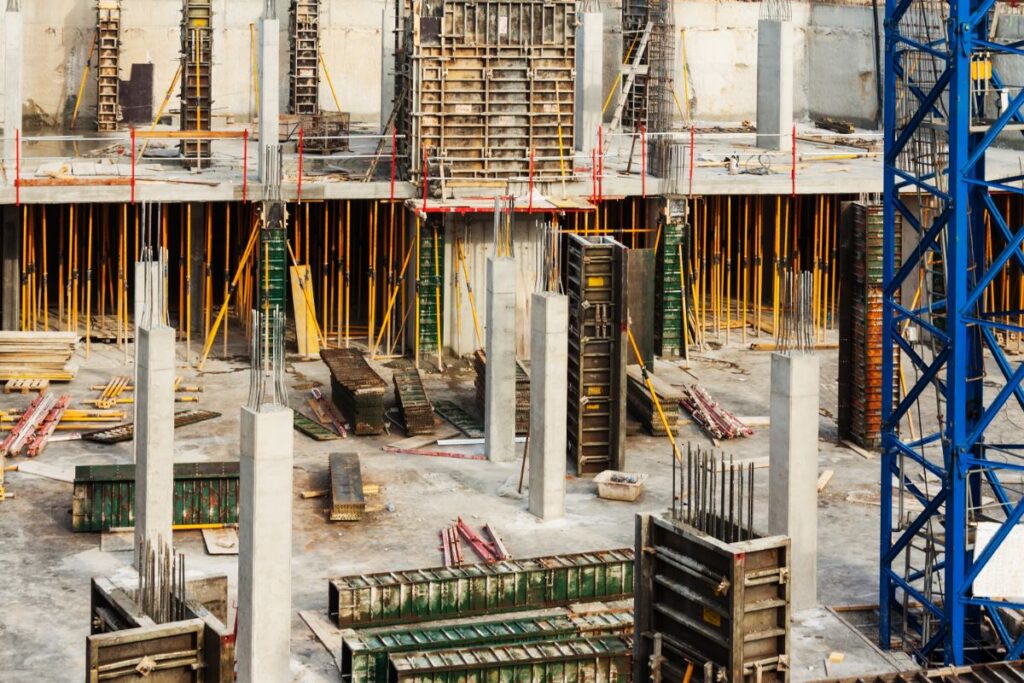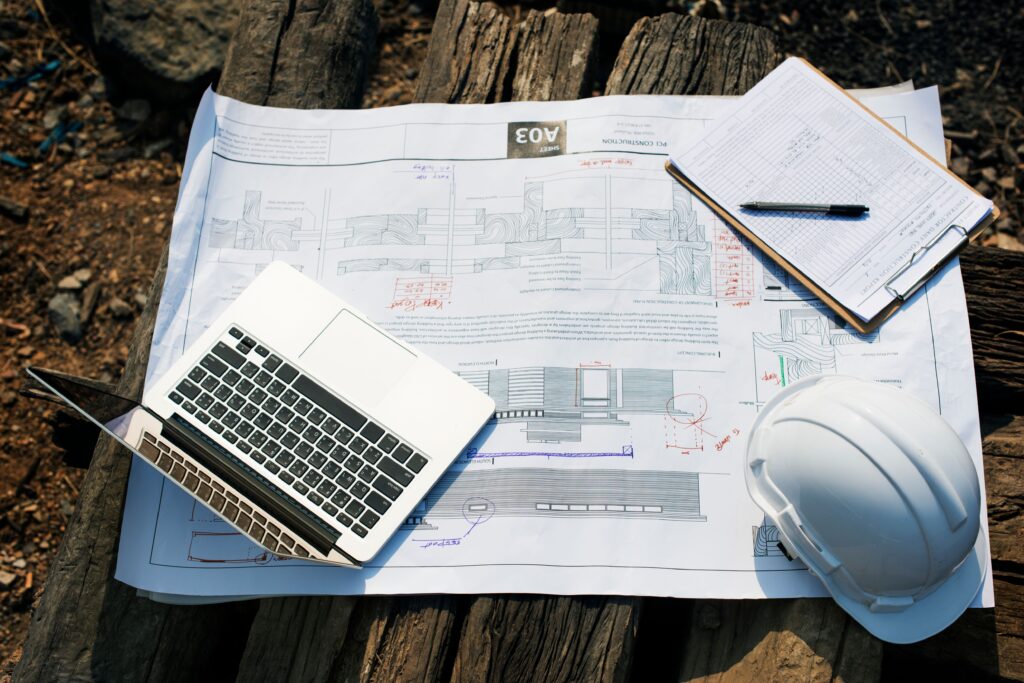In the past few years, “supply chain” has become a household term. The global pandemic disrupted our access to many materials and products, revealing just how fragile our supply systems can be. Suddenly, everyday items like cars, toilet paper, and food were in short supply, bringing to light the journey materials take from factory to consumer.
In construction, the supply chain has always been a critical component, but 2020 turned everything upside down.
Now, more than ever, construction companies must learn to adapt and create proactive strategies to anticipate and avoid supply chain disruptions.
Let’s dive into what’s causing these supply chain issues and how construction companies can adopt new strategies to avoid delays and remain competitive.
What Causes Supply Chain Disruptions in Construction?
The construction industry is familiar with disruptions, from economic downturns to natural disasters. Right now, several factors are driving major challenges:
- COVID-19 Pandemic: It’s been almost five years and the construction industry is still feeling the effects of the pandemic. Labor shortages and factory shutdowns continue to limit supply availability, extend lead times, and drive up costs.
- Geopolitical Tensions: International conflicts and trade restrictions are directly impacting supply chains. Increased shipping costs and limited access to critical materials cause delays and budget uncertainties.
- Climate Change: Extreme weather events— including wildfires, floods, and hurricanes— are disrupting transportation routes and damaging infrastructure, creating logistical challenges.
- Transportation Challenges: Trucking, rail, and shipping industries have been hit by labor shortages, impacting the timely delivery of construction materials.
Compared to February 2020, costs for materials, labor, and resources in the construction industry have surged by 38.7%. This spike has significantly impacted profitability, forcing construction companies to adapt in order to stay competitive.
In an industry already grappling with budget overruns and project delays, supply chain disruptions can be disastrous. The question now is: how do we move forward and build a more resilient industry capable of withstanding the forces that threaten to derail it?

Adaptability in the Face of Supply Chain Disruptions
In today’s construction industry, a passive approach to supply chain issues can lead to serious setbacks. Building resilience and longevity requires a proactive mindset and strategic adaptability. Here are some ways to stay flexible and competitive amid supply chain disruptions.
1. Focus on Strong Relationships
Resilience against supply chain disruptions starts with strong supplier relationships. This means building long-term partnerships with trusted suppliers and nurturing relationships with alternative suppliers to broaden your options.
Clear and transparent communication with suppliers gives you early warning of potential disruptions, allowing for proactive planning.
At PDI, we live by our motto: the only thing we build better than walls is relationships. From day one, this approach has been our key to success. In construction, strong connections with suppliers, subcontractors, and industry peers open up opportunities for collaboration, leading to greater efficiencies and solutions when problems arise.
Don’t wait for tough times to start building these connections. Establishing relationships based on mutual trust, open communication, and respect from the beginning ensures that when challenges show up, you’ll have the support you need.
2. Leveraging Digital Technologies
The construction industry isn’t known for quickly adopting new technologies, with only 8% of companies considering themselves “cutting edge.” But, as our industry evolves, efficiency-enhancing tech is becoming a powerful ally in managing supply chain disruptions.
Building Information Modeling (BIM) provides detailed representations of plans, improving visualization and planning accuracy. This enhances collaboration across teams and helps project managers anticipate supply needs more accurately.
At PDI, we use estimating software that allows us to respond quickly to changes in supply costs and availability. This helps us spot supply chain issues early in the planning phase and develop strategies to mitigate delays.
Drones also play a significant role for some companies, allowing managers to monitor project progress and inventory levels in real time. This approach prevents shortages and keeps projects on schedule, even when supply chains are strained.
3. Emphasizing Sustainability and Local Sourcing
Reducing reliance on global supply chains by sourcing locally and sustainably is another way to stay resilient. While some sustainable materials may have higher upfront costs, they often outlast traditional options, adding long-term value.
At PDI, for example, we use vinyl corner bead made from recycled materials. Unlike its metal counterpart, vinyl is not only more sustainably sourced but also more durable— it can be repaired if dented, whereas metal corner bead must be replaced.
By choosing sustainable products like these, we limit our dependence on global supply chains and contribute to environmental responsibility.

Turning Supply Chain Challenges into Opportunities
Supply chain disruptions have undeniably reshaped the construction industry, challenging companies to adapt and evolve. Yet, these disruptions also open doors for growth. By focusing on strong supplier relationships, embracing new technologies, and committing to sustainable practices, construction companies can build a resilient foundation that can withstand today’s pressures and tomorrow’s demands.
At PDI Drywall, these three principles— strong relationships, embracing technology, and sustainable practices— have been our cornerstone, guiding us to success long before the supply chain issues of 2020 shook our industry.
This goes to show how strong values in the construction industry aren’t just ideals— they’re essential to navigating both predictable and unforeseen challenges. Building and maintaining strong business values can be the difference between merely surviving and truly thriving in a competitive market.
In construction, flexibility and adaptability are critical. Embrace change, turn obstacles into opportunities, and pave the way for lasting success.
Photos: www.freepiks.com
- https://www.freepik.com/free-photo/construction-site_3001602.htm
- https://www.freepik.com/free-photo/building-new-concrete-house_1329531.htm
- https://www.freepik.com/free-photo/construction-site_2861562.htm


Write a Comment